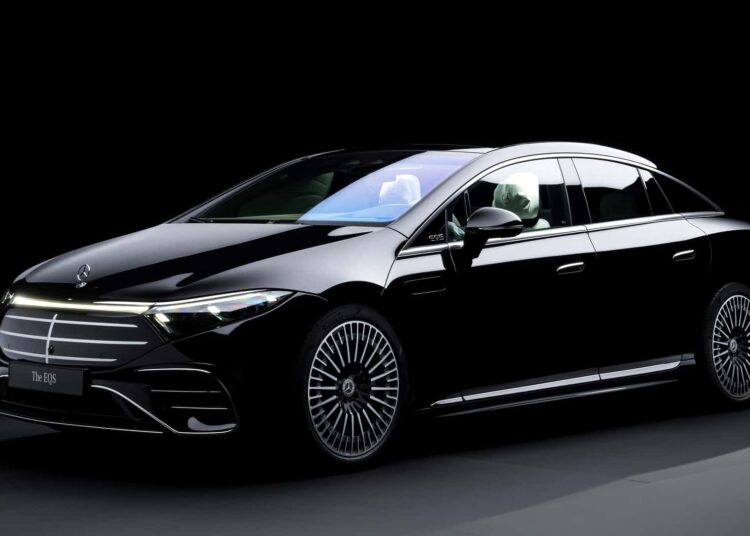Mercedes is fully aware that fans of the three-pointed star have not appreciated the “jellybean” design of its EQ electric lineup. As such, the German luxury brand has decided to make EVs look more like gas cars from now on. But even though the super-slippery approach hasn’t worked as intended, the company stands by the controversial styling. Referring to the EQS, the company’s design boss described it as “purposeful and very progressive.”
Speaking with ABC News, Gorden Wagener explained that the EQS is not intended for the typical S-Class clientele. Instead, it’s for people who want to try something different from the flagship gasoline car’s conventional styling. He added that the electric luxobarge, with its drag coefficient of only 0.20 cd, looks like it’s “10 years into the future.” He admitted that the regular S-Class buyer probably doesn’t like it. The design chief believes the car’s egg-shaped styling isn’t really an issue. Ok, so what went wrong?
“One problem with EVs is customer perception. The customer sees it like an electronic device. Combustion cars are still being perceived like a Chrono watch–much more long-lasting.”
But that doesn’t seem to be an issue for archrival BMW, which sold more EVs last year than Mercedes and Audi combined. The Bavarian brand shipped 368,523 EVs in 2024, an increase of 11.6% versus the year before. Mercedes’ electric car shipments fell by 23% to 185,100 units, while those from Audi dropped by 8% to 164,000 vehicles.
The Munich-based automaker has had a unified design for combustion-engine cars and EVs from day one, a strategy that will continue with the forthcoming Neue Klasse. Mercedes will adopt the same approach with the third-generation CLA scheduled to debut next month. Fully electric versions of the C-Class, GLC, and E-Class are also coming within the next couple of years. Additionally, the next-gen S-Class, due around 2030, will have an electric counterpart.
Mercedes intends to retire its separate EQ lineup and merge EVs with the usual gasoline, diesel, and plug-in hybrid models. The term “EQ” will still be used, but it will be at the end of the car’s name rather than the beginning, as it is now. Purely electric models will end with “EQ Technology,” while plug-in hybrids will utilize the “EQ Hybrid Technology” suffix.
Mercedes hopes the overhauled strategy will rejuvenate its lackluster EV sales amid growing competition. As many as 17 new electric cars, including performance models from the AMG branch, will be released by the end of 2027. Additionally, a smaller G-Class is on the way, likely with an electric version planned. The goal announced a few years ago to become an EV brand by 2030 “where market conditions allow” has been abandoned. The new objective is for PHEVs and EVs to account for 50% of total annual sales by the decade’s end.
Read the full article here


























Discussion about this post